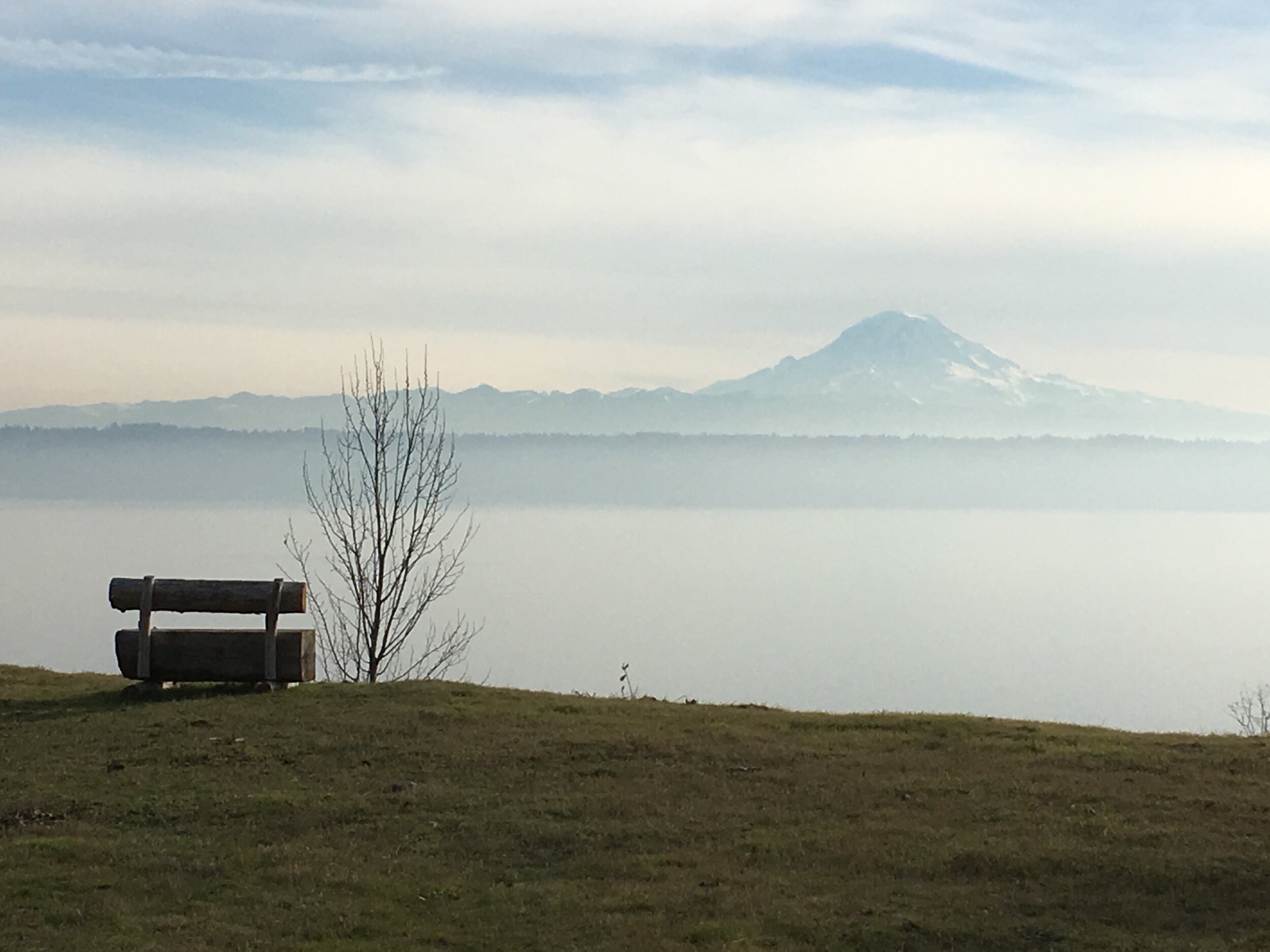Who’s a good boy? Who’s a good boy?
This is a question that we get asked often as people come in to take a kayak out on the water. Which boat is going to be best for me? This is a great question. To answer, here are some things that we consider.
How long have you been kayaking?
How comfortable are you in a boat?
How far do you want to go?
Using these three questions we are easily able to help you decide. If you are relatively newer to kayaking, then we will put you in a more flat bottomed boat. This means that the boat rests more comfortably on the water and feels less, what we would call, “tippy”. Usually these boats aren’t great for traveling long distances quickly, but they always do the trick.
If you are more experienced, we will put you in a boat that is more, as previously stated, “tippy”. This means that the boat can get up on it’s edge more easily, making turning more simple. Furthermore, these boats often travel quicker due to a more narrow and aerodynamic finish.
No matter your experience, we have the right boat for you so come down and take one of our boats for a walk!







